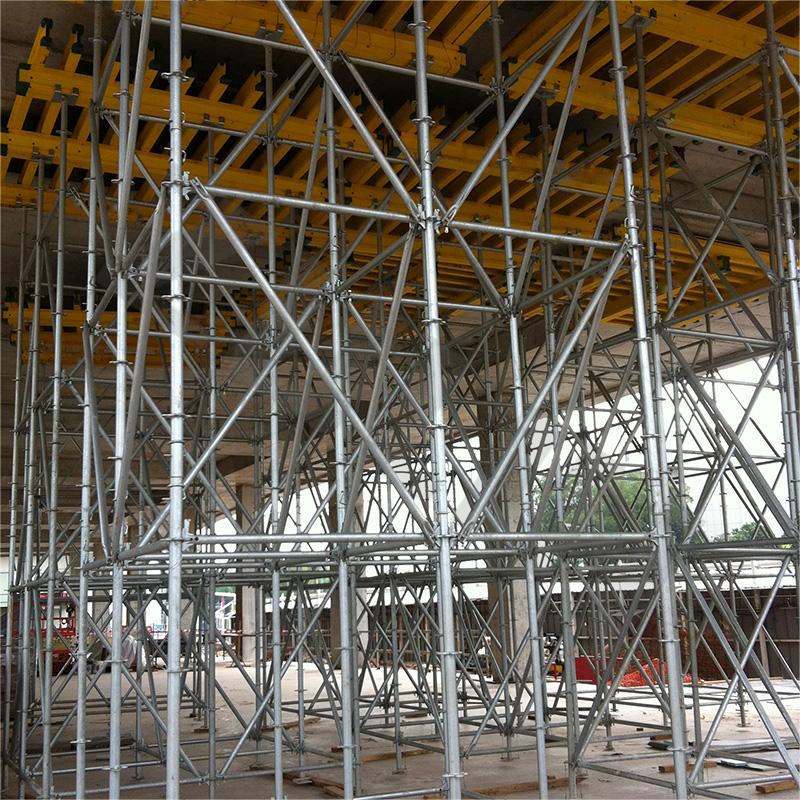Aug . 12, 2024 16:22 Back to list
Suppliers of Innovative Inclined Formwork Solutions for Construction Projects and Structural Engineering Needs
The Rise of Inclined Formwork Suppliers Transforming the Construction Industry
In the ever-evolving landscape of the construction industry, efficiency and innovation are key drivers of success. One of the significant advancements in this field is the introduction of inclined formwork, a specialized system designed to streamline the construction process while ensuring structural integrity. The emergence of inclined formwork suppliers has revolutionized how builders approach challenging projects, particularly those involving sloping surfaces or unique architectural designs.
What is Inclined Formwork?
Inclined formwork is a type of formwork that is specifically designed to create inclined surfaces, such as ramps, sloped roofs, and even certain types of bridges. Unlike traditional vertical formwork, which is primarily used for walls and columns, inclined formwork can accommodate angles and slopes, making it versatile for various construction needs. This innovation is particularly beneficial in projects where aesthetics and functionality must go hand in hand, as it allows for the creation of visually appealing structures without compromising on safety or stability.
The Advantages of Inclined Formwork
The benefits of using inclined formwork are manifold. Firstly, it significantly reduces the time and labor required to complete complex structures. Traditional methods often necessitate extensive labor to build custom shapes, whereas inclined formwork systems can be pre-fabricated and easily assembled on-site. This not only accelerates the construction timeline but also decreases labor costs, offering significant savings to developers and contractors alike.
Additionally, inclined formwork promotes higher quality finishes. The precision in manufacturing these formwork systems ensures that the final surfaces meet stringent quality standards, reducing the need for extensive finishing work. This precision also leads to fewer construction defects, which can enhance the overall safety of the structure in the long run.
inclined formwork suppliers

The Role of Suppliers in the Construction Ecosystem
As the demand for inclined formwork grows, so does the role of suppliers in the construction ecosystem. These suppliers provide not only the formwork itself but also the technical expertise and support necessary for its proper installation and use. Many inclined formwork suppliers offer consulting services, helping builders assess their project needs and determine the most efficient ways to implement inclined formwork in their designs.
Moreover, as sustainability becomes a priority in construction, many suppliers are responding by offering eco-friendly materials and reusable formwork systems. This shift aligns with global efforts to reduce waste and limit the environmental impact of construction projects, making inclined formwork a viable option for environmentally conscious builders.
Challenges and Considerations
While inclined formwork presents numerous advantages, it is not without its challenges. The installation of inclined formwork requires knowledgeable professionals who understand the specific requirements of such systems. Misalignment or improper use can lead to structural issues, making it crucial for contractors to collaborate closely with their suppliers. Furthermore, project managers must consider the unique engineering calculations necessary when working with inclines to ensure safety and compliance with local building codes.
Conclusion
Inclined formwork suppliers are playing a pivotal role in modern construction, offering innovative solutions that address both aesthetic and functional demands. By reducing labor time, improving finish quality, and promoting sustainable practices, these suppliers are transforming how builders approach challenging architectural designs. As the construction industry continues to innovate, the partnership between builders and inclined formwork suppliers will undoubtedly strengthen, paving the way for a new generation of structures that are as beautiful as they are functional. This evolution showcases the importance of collaboration and technology in creating a more efficient and sustainable future for construction.
-
High-Quality U Head Jack Scaffolding – Reliable Scaffolding Jack Head Manufacturer & Factory
NewsJul.08,2025
-
High-Quality I Beam H20 Leading Timber Beam H20 Material Factory, Exporters & Manufacturers
NewsJul.08,2025
-
High-Quality Powder Coating Steel Formwork - Durable & Corrosion Resistant Solutions
NewsJul.07,2025
-
Inclined Column Formwork Supplier – Durable & Precise Solutions for Unique Structures
NewsJul.07,2025
-
High-Quality Water Stop Solutions Trusted Water Stop Company & Suppliers
NewsJul.07,2025
-
High-Quality Formwork Material Supplier Reliable Manufacturer & Factory Solutions
NewsJul.06,2025